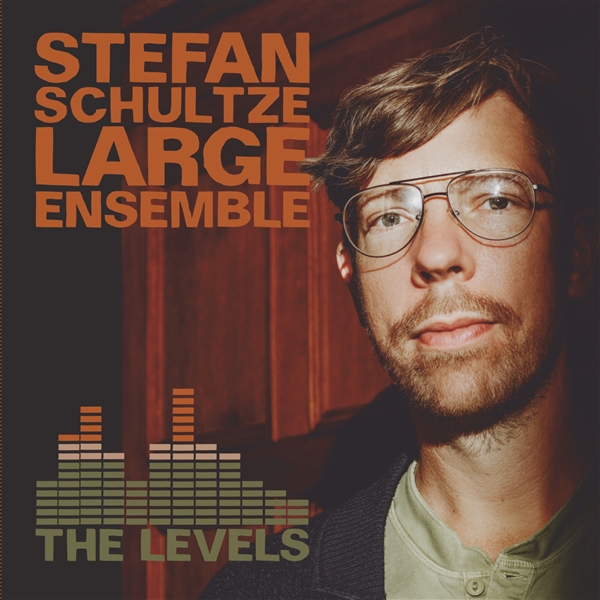
Schultze, Stefan -large Ensemble-
The Levels
While Stefan's work has been established through years of written composing and arranging, his creative process is made up of different levels that includes his choice of diverse ensemble members; his inter-cultural activity; his collaborative practices through which he re-contextualises compositional developments; and his performance practice as a pianist in diverse settings. Through the coming together of these different levels of activity Stefan has developed a permeable, integrational composing process. This current version of the ensemble is both reduced and diverse. Stefan: "The change in the ensemble's setup allows me to bring more freedom, to bring together all my practices. What I wanted with the ensemble is to have a pool of people who are connected to different aesthetics. I see the ensemble like a picture. It's symmetric. I imagine that I'm sitting in front of the piano with the lid removed - to my left side is the marimba, to my right a vibraphone, in front of the marimba is the guitar, on the other side is the bass. Then in front of that are the four horns in the middle - in the centre at the rear is the drumkit, with vocals down front. So, it really feels like a symmetrical picture, an extension of the instrument and as a composer I want to work with the different colours." The Levels was originally conceived during a stay in Japan (Goethe Institute 2017). He was introduced to musical ideas associated with the Komuso monk tradition - the meditational shakuhachi (the traditional flute originally played by Fluke Monks who wore a basket over the head while playing). He experienced the large group vocal Buddhist chant music Shomyo; the long form Noh musical drama; and was overwhelmed by the technological intensity of Tokyo's Akihabara district. These experiences fed new compositional thinking and while the tracks Ukiyo-e and Komuso make obvious connections to the experience of Japan, the influence also permeates at other levels of compositional thinking and playing throughout the album. Different forms of improvisation have become an increasingly important creative aspect of Stefan's work. Compass I builds through the combining of guided ensemble improvisation, a graphic score and traditional notation - while the content and its contribution is largely dependent upon each individual musician, the concept and dynamics are signalled by Stefan. In Tong-Gu improvisation comes in the jazz convention of saxophonist Peter Ehwald's soloing. Elsewhere improvisation melds the written material. However, Stefan neither sticks to formats of improvisation commonly found in jazz nor essentializes the virtues of free improvisation, rather, in his ensemble work, levels of improvisation are employed as a compositional choice directed towards particular musical goals